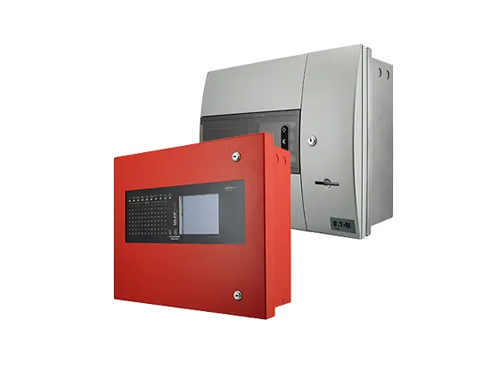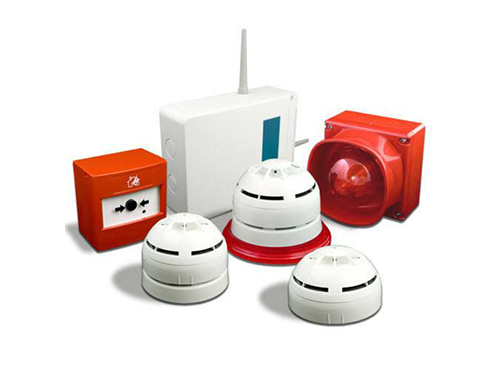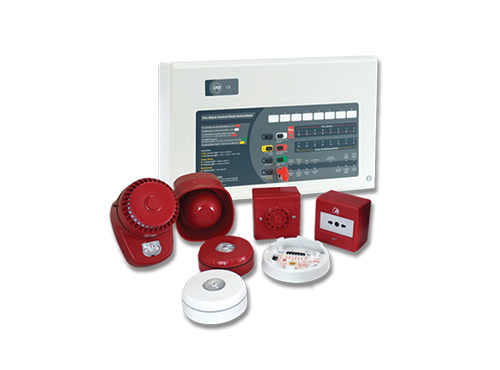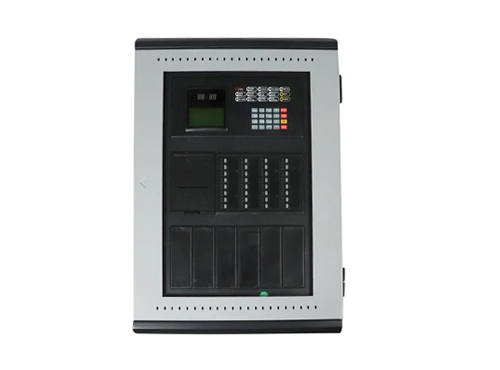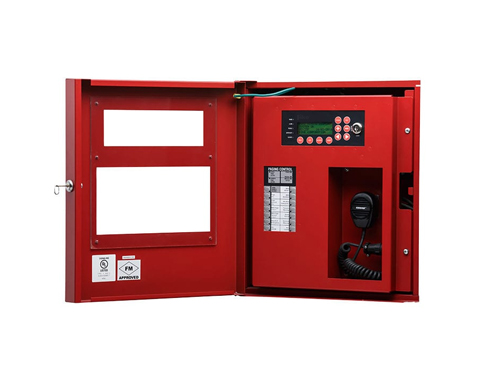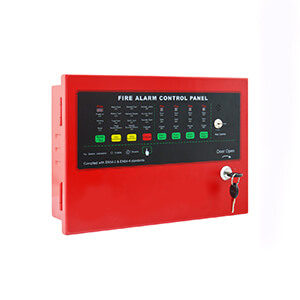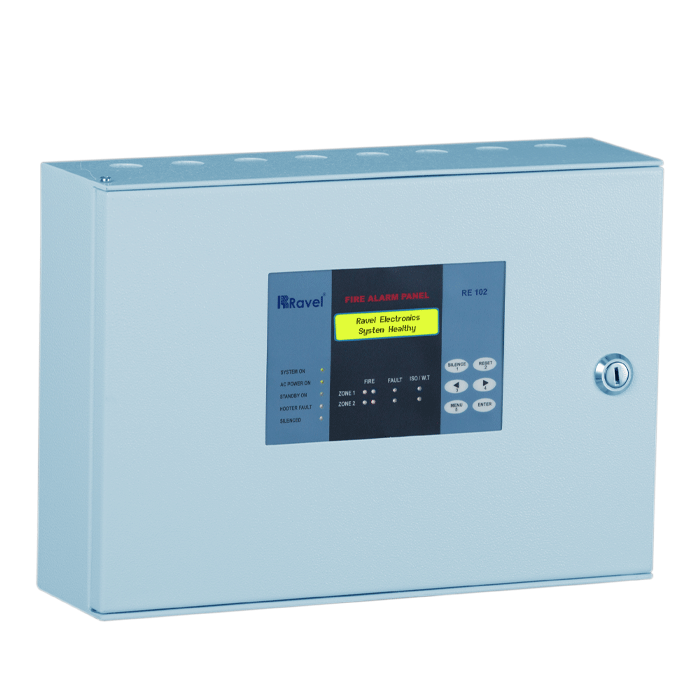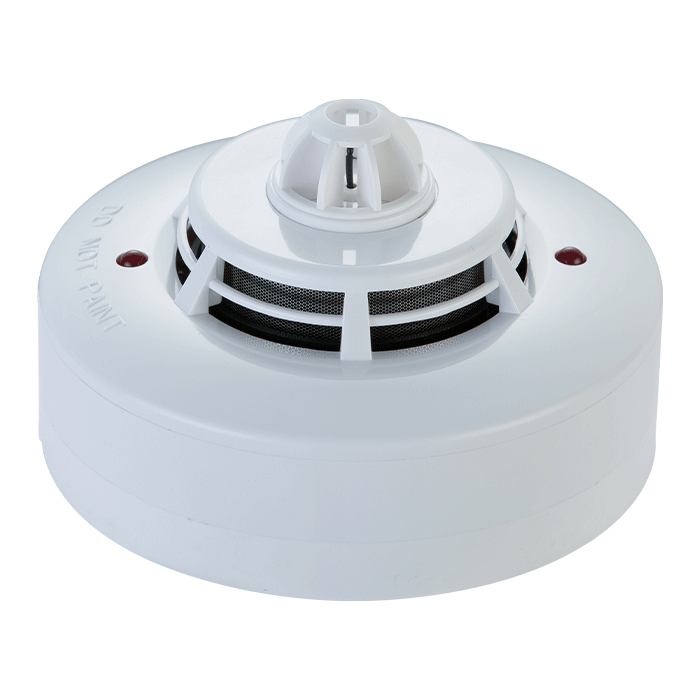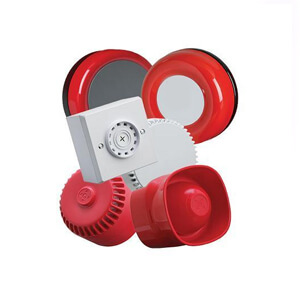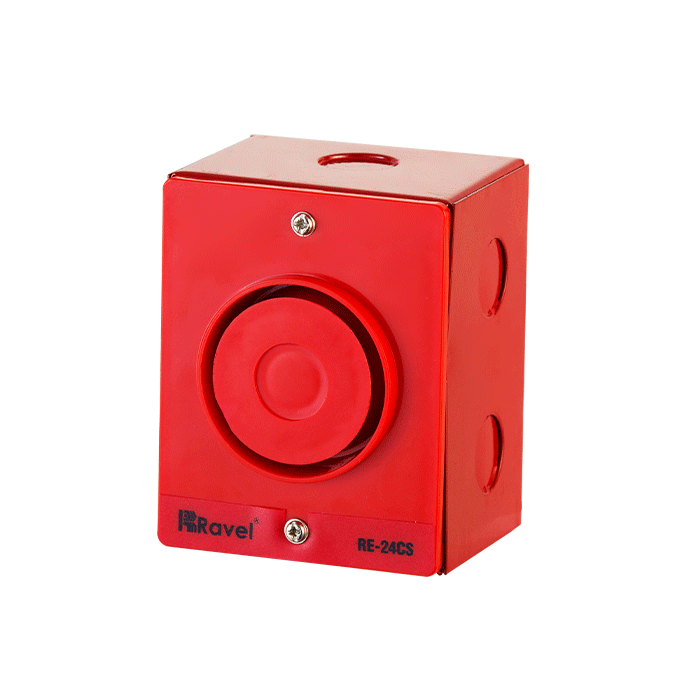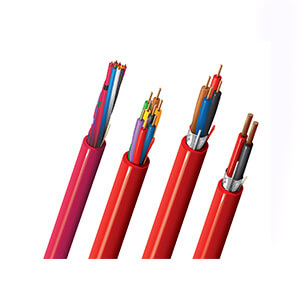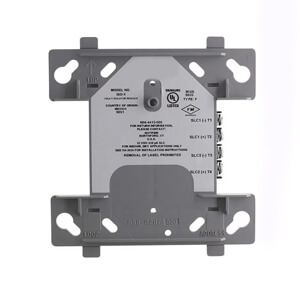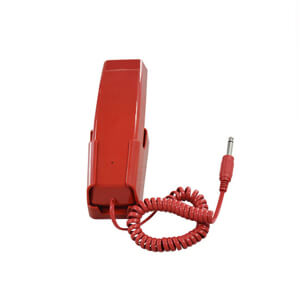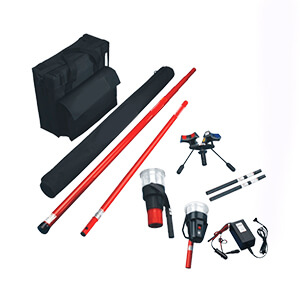A fire alarm is a system designed to detect and warn occupants of a building about the presence of fire or smoke. It is composed of various components that work together to detect, signal, and communicate the fire emergency. The types of fire alarm systems can be categorized based on their detection methods, signaling devices, and the extent of their coverage. Here are the main types:
Conventional Fire Alarm System
In a conventional system, the building is divided into zones, and each zone is connected to a specific circuit. Detectors, such as smoke detectors or heat detectors, are connected to these circuits. When a detector is triggered, it activates an alarm signal in its corresponding zone, providing a general idea of the fire’s location within the building.
Key features and components of a conventional fire alarm system
- Zones
- Detectors
- Control Panel
- Sounders/Bells
- Manual Call Points
- Indicator Panels
- Power Supply
Addressable Fire Alarm System
In an addressable system, each detector or device on the system has a unique address or identification. This allows for more precise identification of the location of the triggered detector. The control panel can display specific information about the exact device that activated the alarm, providing better situational awareness for emergency responders.
Key features and components of a conventional fire alarm system
- Addressable Devices
- Control Panel
- Communication Loop
- Programmability & Customization
- Device Intelligence
- Expanded System Capacity
- Event Logging and Reporting
- Integration Capabilities
Wireless Fire Alarm System
Wireless systems utilize radio frequency communication instead of physical wiring to connect the detectors and devices to the control panel. This type of system is suitable for retrofitting existing buildings or areas where running wires is difficult or impractical.
Key features and components of a conventional fire alarm system
- Wireless Devices
- RF Communication
- Wireless Transceivers
- Flexibility and Ease of Installation
- Battery-Powered Devices
- Scalability
- Reliability and Signal Strength
- Integration Capabilities
Analog Fire Alarm System
Analog systems continuously monitor the environment for changes in conditions, such as the presence of smoke or heat. They provide more detailed information than conventional systems, as they can detect and transmit different levels of fire or smoke conditions. Analog systems are known for their ability to provide early warning and are commonly used in large or complex buildings.
Key features and components of a conventional fire alarm system
- Analog Detectors
- Detection Algorithms
- Device Sensitivity Levels
- Analog Addressable Devices
- Control Panel
- Network Communication
- Zone Indication
- Event Logging and Reporting
Intelligent Fire Alarm System
Intelligent systems incorporate advanced features and capabilities, including sophisticated detection algorithms, self-diagnosis, and networked communication. They can analyze data from various detectors and devices, making them highly accurate and reliable. Intelligent systems are often used in high-rise buildings, hospitals, and other critical facilities.
Key features and components of a conventional fire alarm system
- Addressable Intelligent Devices
- Advanced Detection Algorithms
- Event Management
- Networked Communication
- Control Panel
- Integration Capabilities
- Advanced User Interface
- Self-Diagnostics & Maintenance
Voice Evacuation System
evacuation systems combine fire alarm signaling with voice instructions to guide occupants during an emergency. These systems can provide pre-recorded or live voice messages, directing people to the nearest exits or providing other important information.
Key features and components of a conventional fire alarm system
- Speakers
- Control Panel
- Message Storage & Playback
- Emergency Communication Microphones
- Message Sequencing and Synchronization
- Alert Tones & Strobes
- Integration with Fire Alarm System



